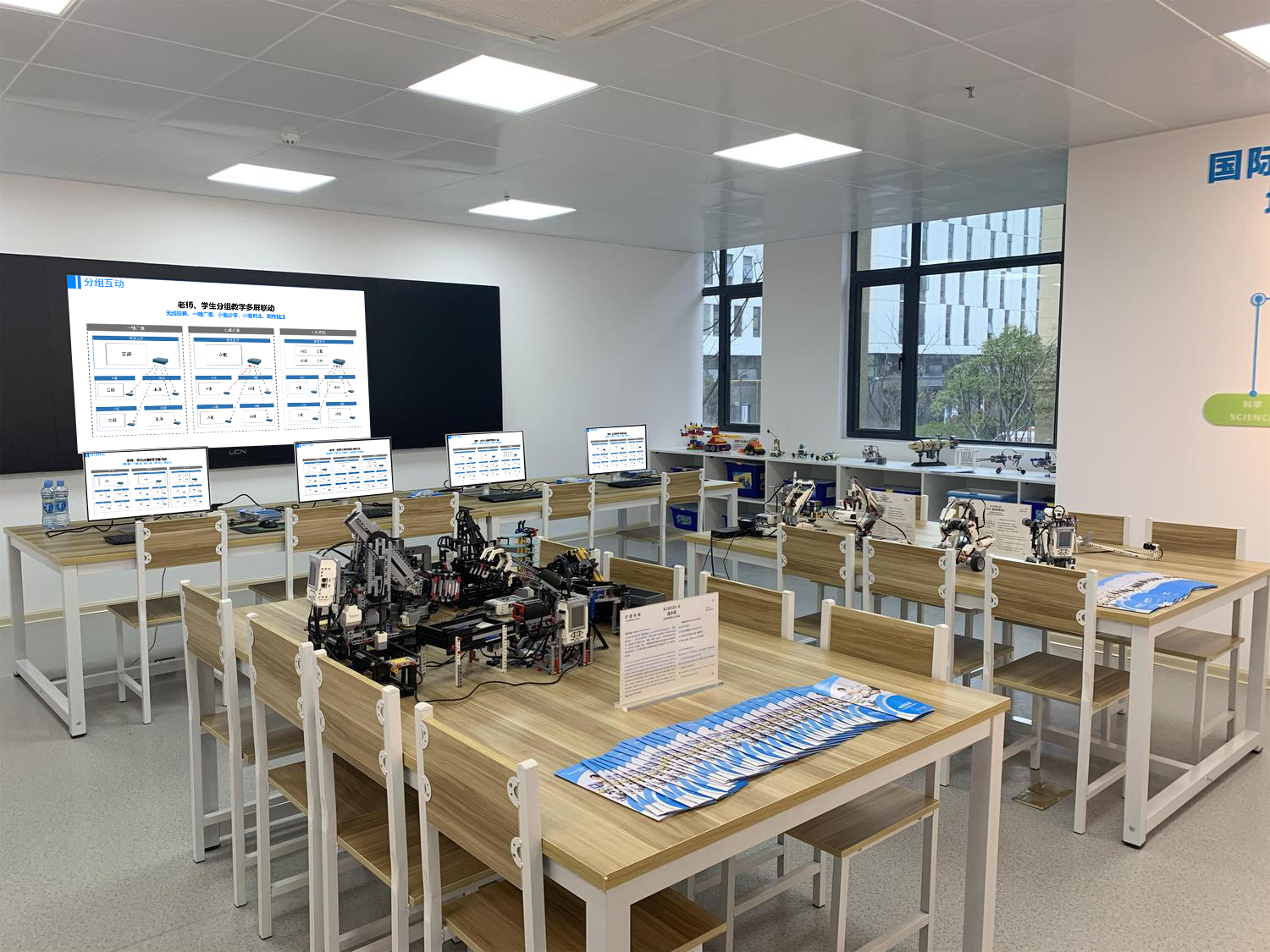Smart Classroom Construction Guide: Comprehensive Solution for Wireless Screen Mirroring Systems
Abstract: This guide provides a complete solution for wireless screen mirroring systems in smart classroom construction, covering full-process guidance from planning to implementation.
Main text:
Building a modern smart classroom requires scientific planning of wireless screen mirroring systems to ensure that technical solutions perfectly align with teaching needs.
1. Demand Analysis Phase
Usage Scenario Analysis
- Classroom size and layout: Determine the number and placement of display devices based on space dimensions and seating arrangements.
- Number of simultaneous connected devices: Estimate the maximum number of devices (computers, mobile phones) that need mirroring at the same time.
- Usage frequency and time periods: Analyze peak hours and frequency of screen mirroring to assess system load capacity.
Functional Requirement Sorting
- Supported mirroring protocols: Confirm compatibility with protocols such as Miracast, AirPlay, and Google Cast.
- Multi-screen interaction needs: Clarify requirements for functions like cross-screen annotation, content switching, and group display.
- Management and maintenance requirements: Define needs for centralized control, remote monitoring, and fault alerts.
2. Key Points of Scheme Design
Technical Architecture Design
- Network topology planning: Design wired and wireless network structures to ensure stable signal coverage and bandwidth allocation.
- Device selection and configuration: Choose display screens, wireless access points, and control hosts based on functional requirements and budget.
- System integration scheme: Ensure seamless integration of screen mirroring systems with other teaching equipment (projectors, interactive whiteboards, etc.).
User Experience Optimization
- Simplified connection process: Reduce operation steps (e.g., one-click mirroring) to lower technical barriers.
- Operation interface optimization: Design intuitive control interfaces for both teachers and students.
- Training program planning: Develop targeted training content for different user groups (teachers, students, technical staff).
3. Implementation and Deployment Guide
Engineering Implementation
- Device installation and deployment: Install display devices, access points, and control systems according to design plans.
- System joint debugging and testing: Conduct full-process tests on connection stability, multi-device interaction, and protocol compatibility.
- Conduct training sessions: Carry out practical operation training to ensure users master basic functions and troubleshooting skills.
Operation and Maintenance Support
- Daily maintenance plan: Formulate regular inspection schedules for devices, networks, and software.
- Fault handling procedures: Establish clear processes for troubleshooting common issues (connection failures, display errors, etc.).
- Continuous optimization and improvement: Collect user feedback to upgrade system functions and improve operational efficiency.
